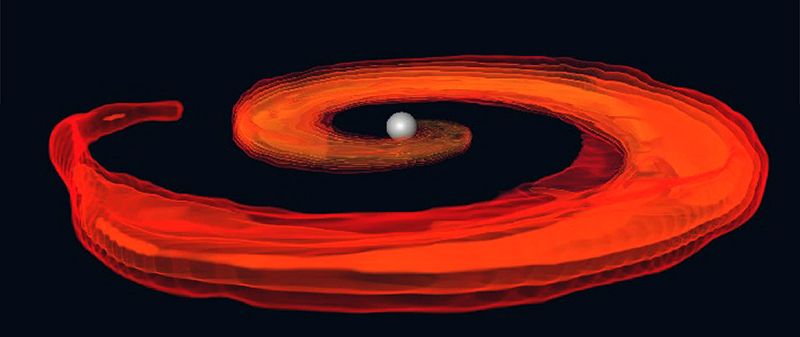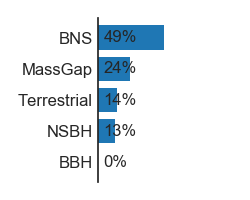I'm glad you asked.
[Warning: monster thread ahead]
[Image credit: A. Tonita, L. Rezzolla, F. Pannarale]
nature.com/articles/d4158…

[2/]
gracedb.ligo.org/superevents/S1…

[3/]
[4/]
[5/]
[6/]
[7/]
[8/]
[9/]
[10/]
[11/]
[13/]
[14/]
1. The neutron stars had to be unusually massive.
2. They had to be almost exactly face-on.
3. They had to be in the best possible direction in the sky.
[15/]
[16/]
[17/]
[end]



